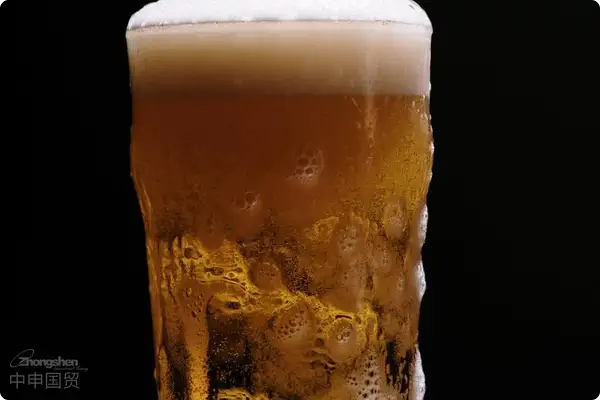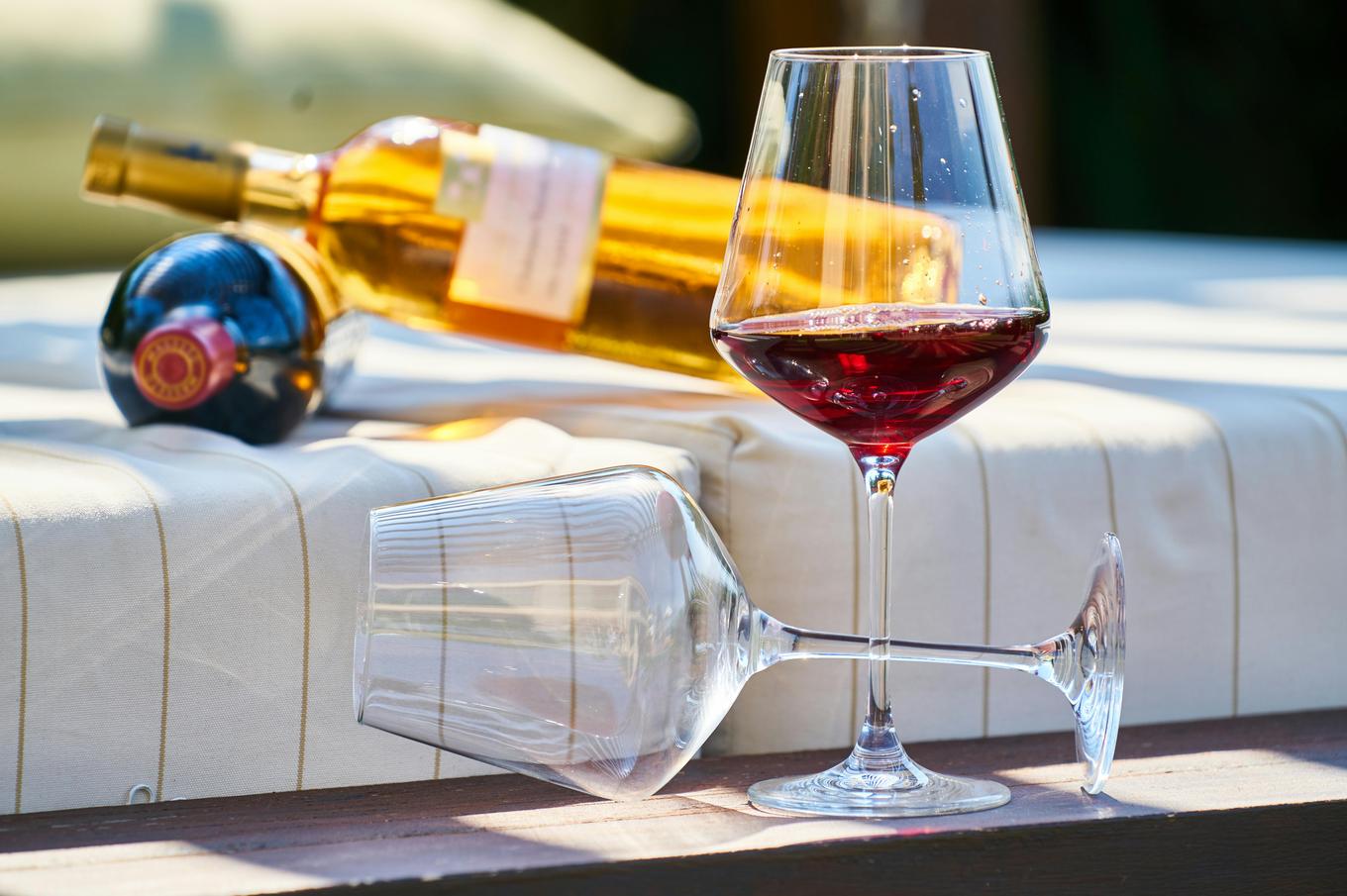- Shanghai Zhongshen International Trading Co., Ltd. – Your reliable partner with 20 years of import/export agency service expertise.

When Beer Meets Customs: Things Textbooks Won't Tell You
According to data from the General Administration of Customs in 2022, the import volume of craft beer increased by 37.8% year-on-year, but the return rate in the same period reached 13.2%. As a veteran who has handled beer imports from 12 countries including Germany and Belgium, I have found that what really affects profits is often not the explicit costs, but the "three great mountains" hidden in the process:
- Shelf life trap:Maritime transport45 days + 20 days for customs clearance = the effective sales period is directly cut in half
- Tax maze:A 0.5% difference in malt content can lead to a 7% fluctuation in the tax rate
- Cultural barriers:A certain German brand had an entire container returned because the wine label featured a religious element
Cracking the "Impossible Triangle" of Imported Beer
In the triangular relationship of price, quality, and timeliness, the solution we designed for a chain restaurant client is worth referencing:
| Pain Points | Traditional solution | Optimized Solution |
|---|---|---|
| Seasonal demand fluctuations | Year-round average volume procurement | Flexible booking in three batches |
| Losses from near-expiry products | Passive price reduction promotions | Pre-stocking + dynamic inventory |
| Flavor stability | Single mode of transport | A combination of cold chain + modified atmosphere packaging |
Practical experience from four key control points
- Product selection stage:
- Check if the production date labeling method complies with GB 7714
- Confirm the consistency between the alcohol content test report and the label
- Transportation stage:
- In summer, prioritize refrigerated containers over temperature-controlled containers
- Avoid mixed loading with strong-smelling goods such as spices
The "Five-Step Escort" from Customs to Shelf
Taking the Belgian Trappist beer project we handled as an example:
- Pre-processing stage:File the imported food consignee qualification 6 months in advance
- Risk prediction:Purchase a special insurance for the characteristics of oak barrel aging
- Customs clearance acceleration:Use the AEO certified enterprise status to go through the green channel
- Quality monitoring:Conduct a turbidity test immediately upon arrival at the port
- Precise distribution:Release the goods in batches according to the distributor's cold storage capacity
The "Three Dos and Three Don'ts" for choosing a partner
- Must examine:
- Whether they have the qualification for transporting dangerous goods for alcohol
- Whether they have a case library for handling sudden quarantine issues
- Must avoid:
- Exaggerated claims of 100% tax exemption
- Using vague "guaranteed customs clearance" clauses
Standing in front of a container full of Belgian Golden Ale, I often think of the client who lost an entire shipment due to can swelling and deformation. Importing beer is both a technical job and an art—it requires weaving customs regulations, physical properties, and market preferences into an operable business logic. The next time you see a bottle of foreign beer on the shelf, I hope you can taste the invisible value built by theImport and exportservice provider behind the scenes.
Category Case
Contact Us
Email: service@sh-zhongshen.com
Related recommendations
Contact via WeChat

? 2025. All Rights Reserved.









